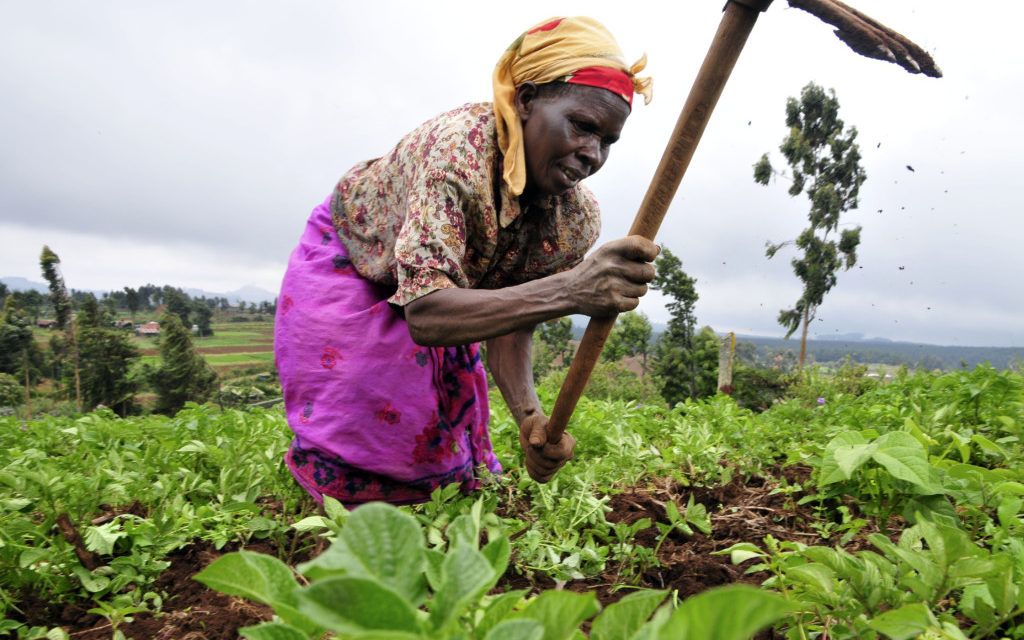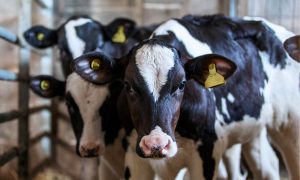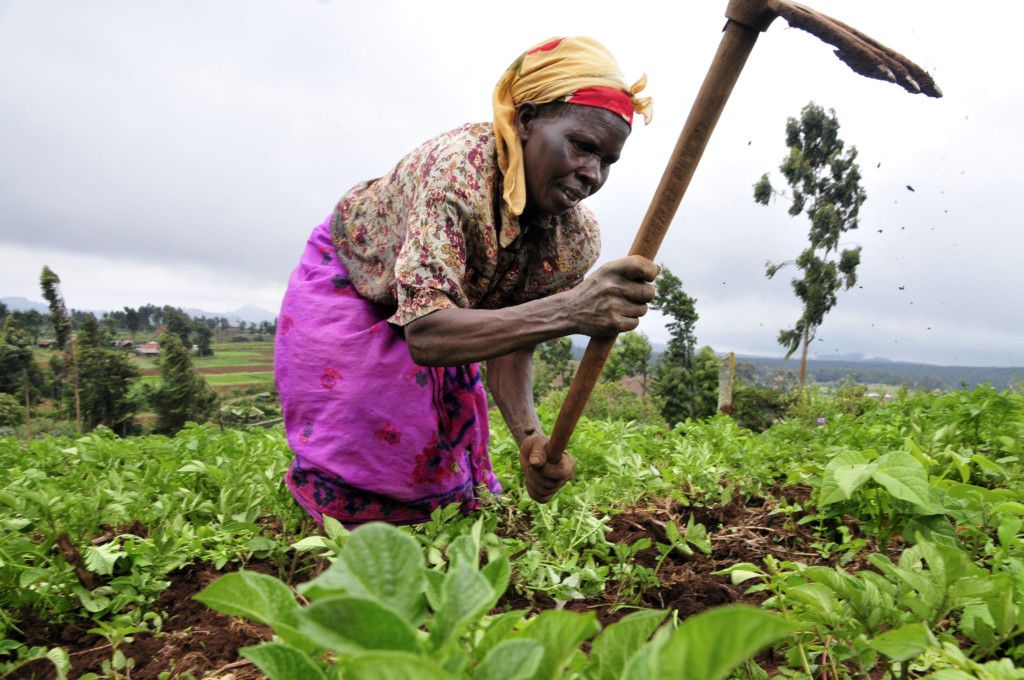“We can end global poverty and hunger within our lifetimes,” President Barack Obama proclaimed in an official statement on Congress’ passing of The Global Food Security Act.
The Senate approved the bill Wednesday with a bipartisan majority; once the president signs the GFSA, it will become law.
The act is the U.S.’ first holistic approach in the fight against hunger and malnutrition. By supporting agricultural-focused investments, it aims at “making people feed themselves.”
Humanitarian and anti-poverty organizations, including nonprofit CARE, welcome the GFSA’s passage. CARE Senior Policy Advocate Liz Marcey told Lady Freethinker, “This is the first time we have addressed the issue of our agriculture development programs since the foundation of the USAID. This bill was long overdue and we only ever see a bill of this magnitude advance about every decade or so in the area of international development. So, finally, we have begun to bring our country’s international food and security programs up to the standards of the modern day!”
To achieve food security, the GFSA introduces several measures.
It sets up a whole-of-government approach, through a strong cooperation among federal agencies. All of them will have to share their projects, objectives and resource needs with one another. This aims to reduce overlapping, redundancy, and waste of resources. The federal government will play a key role by monitoring and assessing the programs and their outcomes for efficiency. At the same time, ties with NGOs, private sector and academic and research centers will be strengthened.
At the cornerstone of this strategy is the Feed the Future Initiative: Instituted by Obama in 2010, it coordinates 11 different agencies to fight hunger. According to its latest report, by 2014 this cooperation had helped 12 million children and invested more than $500 million. The GFSA takes the practices of Feed the Future and expands its scope by fostering prominent involvement of local communities.
The various food security programs will to be tailor-made to fit the needs of the community. In this way, the receiving countries will be able to sustain themselves and develop in a more stable and lasting manner, becoming more resilient when faced with natural calamities such as flood or droughts. This will develop a strong partnership with many local counterparts. Said Marcey, “GFSA requires that the US global food security strategy must explicitly state how we are going to coordinate and work with local, regional, and national governments and their current plans”.
The GFSA also places an important focus on women. Marcey emphasizes, “Women, who are at the center of our programs, are legally designated as a specific target group for the first time.” Agencies will have to report on how their projects cater for women’s needs and Congress will assess the efficiency of these measures in its periodic review.
This specific support for women will help ensure access to food production means, help foster skill-building and social development, and help shrink the gender gap in their own communities.
The GFSA reshapes the global food strategy by making it comprehensive, inclusive and sustainable, with an emphasis on communities. If successful, it could help ensure food security far into the future.








